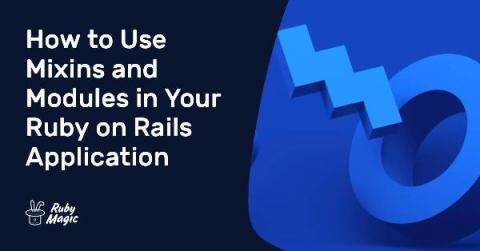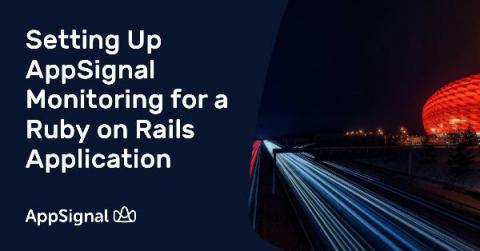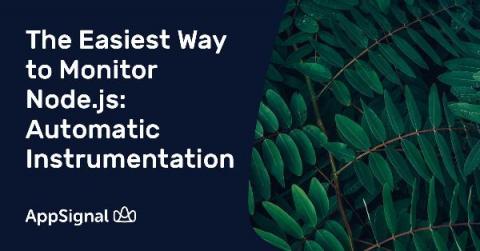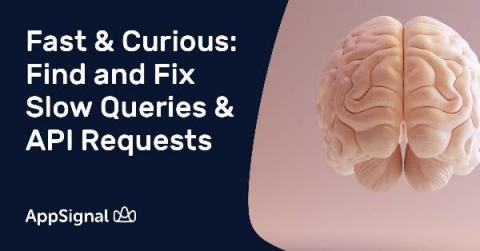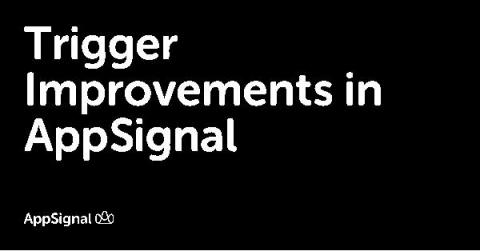How to Use Mixins and Modules in Your Ruby on Rails Application
Modules and mixins are, without doubt, great resources that make Ruby so attractive. They give the application the ability to share the code that can be used with ease in other places. It also helps us organize our code by grouping functionalities and concerns, which improves the readability and maintainability of our code. In this article, we will go through the concepts behind modules and mixins.


